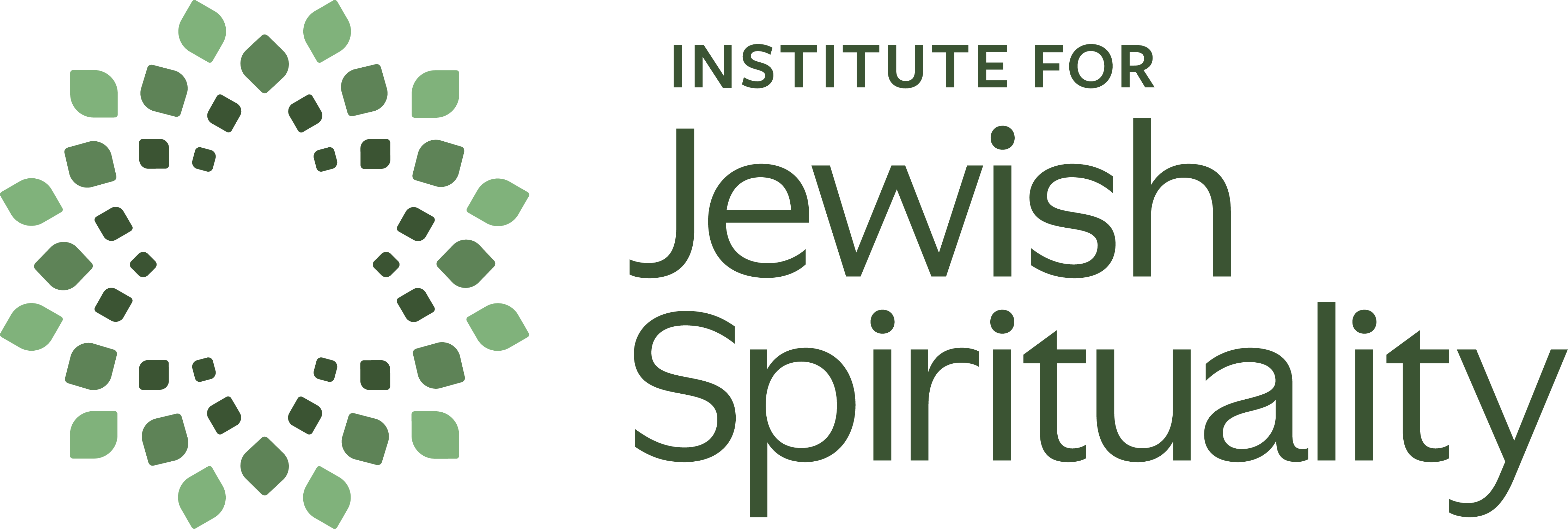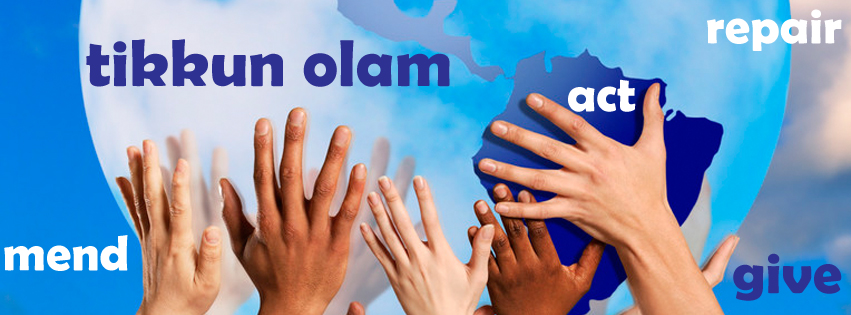
Threefold Path of Action

image credit: Catherine MacBridge/Getty Images
Even before the horrific massacre at Tree of Life synagogue in Pittsburgh this past Shabbat, it was easy to feel overwhelmed by the state of the world. The forces at play are so huge and the stakes are so high. How do we muster the courage to act? How do we even discern what actions to take?
Following the teaching of Joanna Macy, we might consider three different paths: holding and taking care of those who urgently need our care; developing new life-sustaining structures for a better world; and cultivating a shift in consciousness, the ability to deeply take in and know how profoundly interconnected we all are.
These three paths themselves are interconnected, of course, and there is extraordinary work happening in all three areas. The goal of IJS’s teaching is rooted in the third path. Our practices, whether they are meditation, prayer, text study, middot work or body awareness, are all for the sake of opening our eyes to the underlying unity that is the hidden fabric of the universe. This is an essential knowing that can also inspire and support those who are immediately engaged in taking care of others and in leading us out of the darkness that is all around us.
And what a blessing to know that there are others on this path with us. Last week we held a retreat for our Kivvun cohort at the Trinity Retreat Center. We had frequently used this retreat center for our east coast retreats, enjoying the beautiful setting on the Housatonic River and the famously fantastic food, until they closed in the fall of 2013. But they recently reopened their doors and we went back, trying not to bring a comparing mind with us.
What we found was the highest standard of loving hospitality. Hakima, the Algerian women at the front desk, had boned up on her Hebrew and greeted us with a joyful, “Boker tov!” Julia and Heidi in the kitchen offered simple meals that were fresh, healthy, delightfully seasoned and absolutely delicious. But it was more than that. Without us asking, the staff removed the Christian iconography from the chapel so we could pray there for Kabbalat Shabbat without being uncomfortable. And on Sunday morning as they gathered for their own prayer, they sounded the church bell eleven times, one for each precious life that was violently ended during worship the day before in Pittsburgh.
Our Christian hosts embodied that loving unity for us, so that our experience of that interconnectedness could help us strengthen our own capacity to embody it and offer it to others. That is a profound action. As we go out and take care of others, build new structures, and yes, vote, let’s not forget the importance of cultivating that new sense of knowing as the loving ground for it all.
[image credit: CATHARINE MACBRIDE/GETTY IMAGES]


